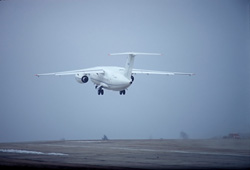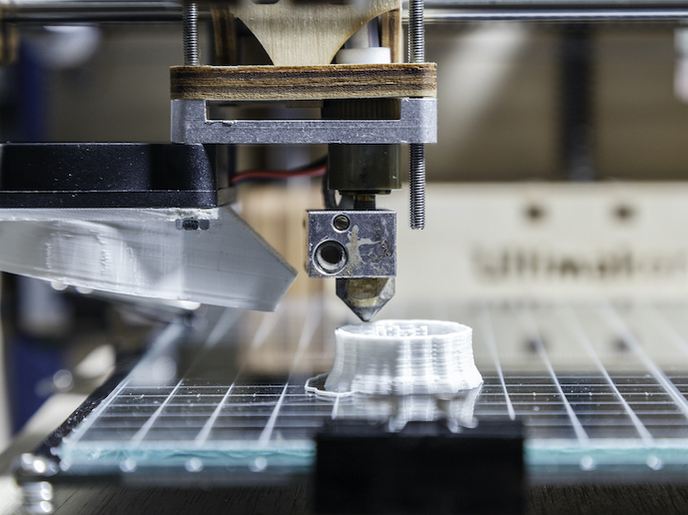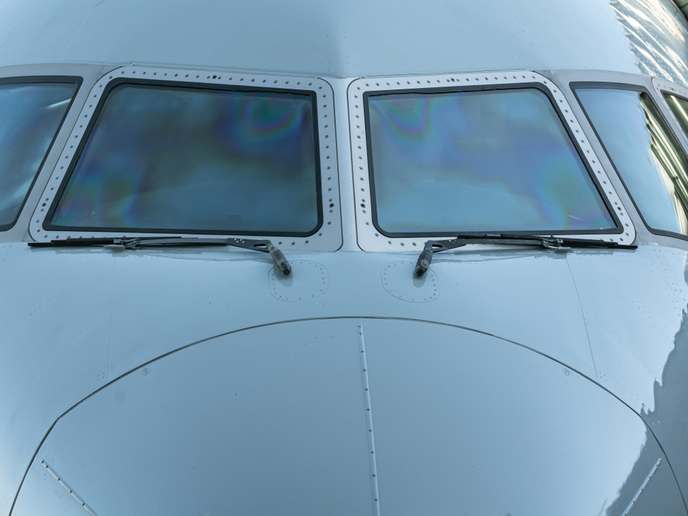Quieter planes on the horizon
Noise pollution has become a major issue in the 21st century as equipment, transportation modes and technology around us multiply rapidly. In the travel industry, airframe noise from aeroplanes can be excessive, especially during landing, prompting researchers to find quieter ways of airborne travel. The EU-funded project 'Technologies to improve airframe noise' (Timpan) investigated low-noise design concepts for landing gear in the German-Dutch wind tunnel at the Technische Universitaet Braunschweig, Germany. Timpan tested various gear configurations in the wind tunnel and documented resulting noise data. It identified an optimal combination among all these gear modifications that led to noise reduction of up to 8 dB over existing technology. Wind flow tests were also undertaken to design high-left airfoils that could contribute to lowering noise. These were simulated for a 260-seat passenger jet considering values such as atmosphere, pressure, temperature and exhaust. Air flow around the wing was then simulated while ensuring the right conditions in the wind tunnel. Lastly, an in-depth investigation of an airfoil, studying pressure distributions, oil flow pictures and other variables furthered the simulations and contributed to creating aircraft that are quiet yet efficient. Project results are likely to be integrated into future aircraft designs to reduce noise pollution and increase the comfort of air travel.







